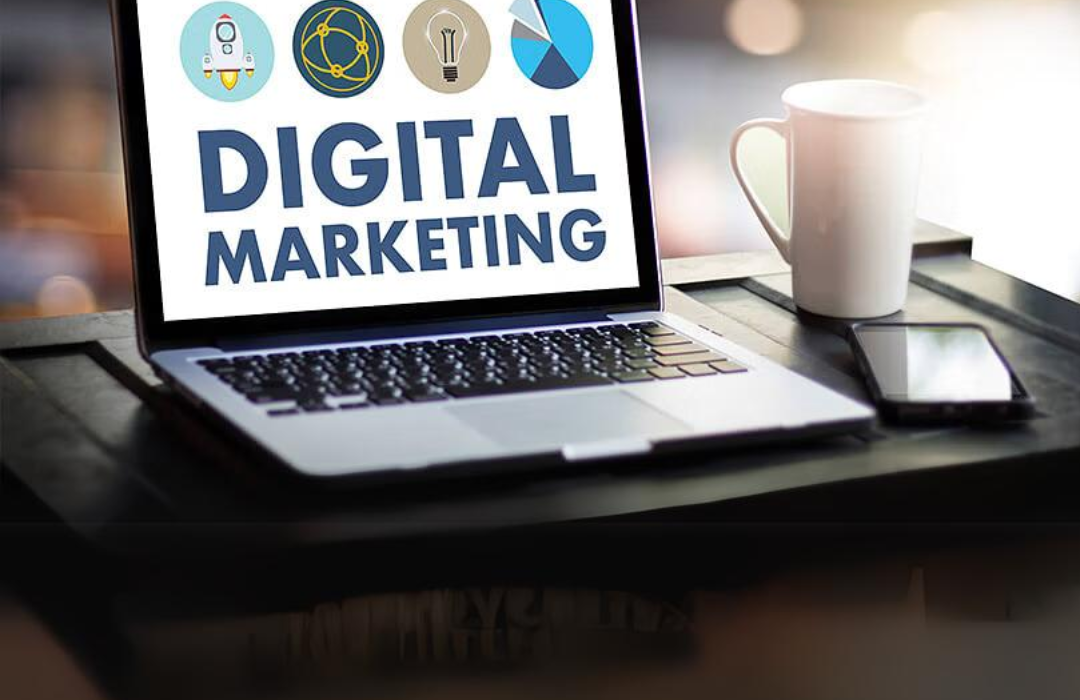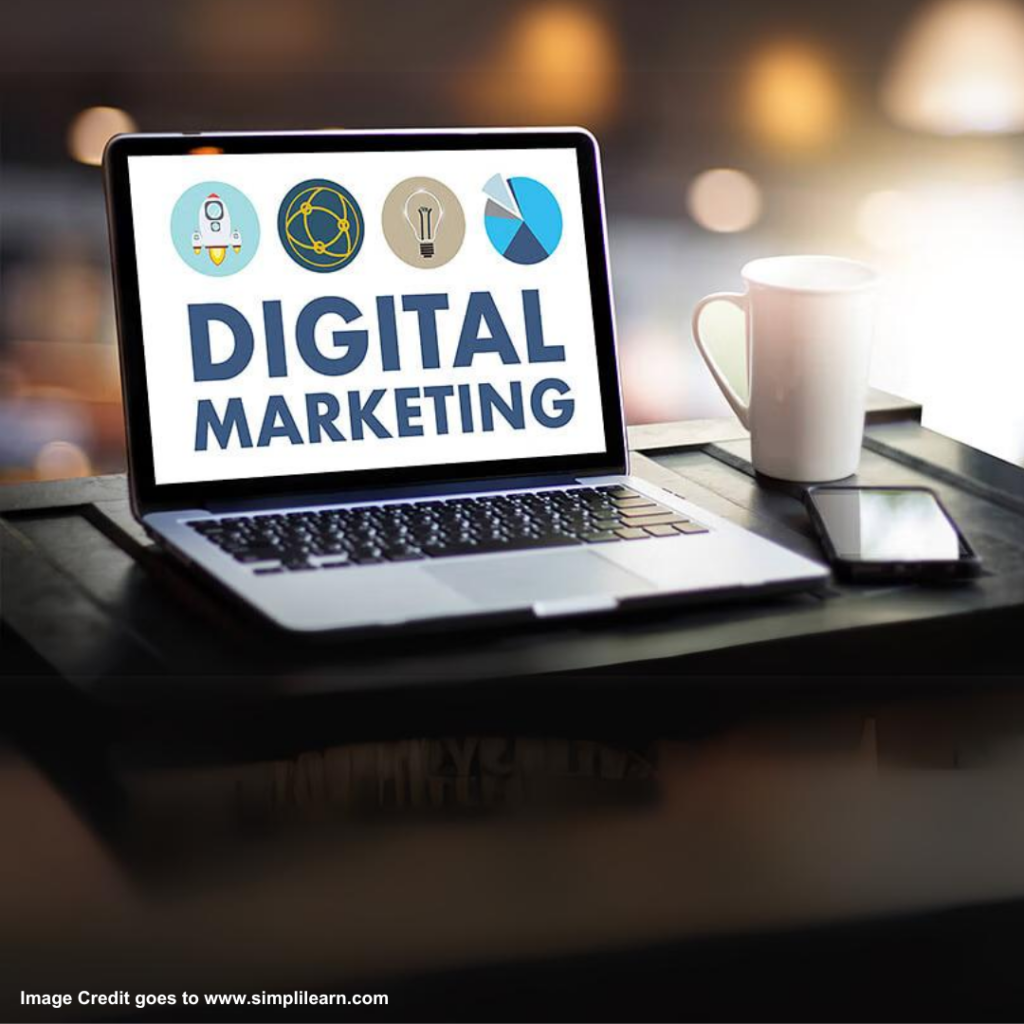Leading Digital Marketing Trends Influencing 2024

Looking at the present time, we are almost in the last quarter of 2024, and marketing strategies across the digital spectrum are being evolved in different ways. From AI-based content customization to the use of virtual reality, the shift in thinking has been very dynamic; marketers have had to keep up with the latest trends in order to cater for the evolving tastes of consumers. This paper will focus on the digital marketing trends during November 2024 with respect to the ways available for businesses to utilize these trends so as to optimize customer interaction, loyalty, and branding.
1. Personalization Through Artificial Intelligence
There is no doubt that the use of artificial intelligence uplifted digital marketing activities to a completely new level, allowing communication with a target audience on a more personal level. The term AI-driven personalization denotes the process of such content delivery where offers and content introduced to a customer are optimized based on his/her previous activities and actions. Among other reasons, SEMrush cites the growth in levels of customer retention resulting from the rollout of personalized content as all the more compelling. Artificial intelligence allows brands to model the behavior of the customer, and the most relevant campaign and product offer are tailored to the individual customer. This lets overzealous marketers optimize their content, cutting out the chatter and providing only the information that the individual wishes to see. Such an attitude creates goodwill but also increases word of mouth as content that has been personalized is more appreciated.
2. The Evolution of Video Content Into Short Clips
Most content is in the form of short clip videos on social networking sites such as TikTok, Instagram Reels, and YouTube shorts. The Coursera report explains that audiences have a very short attention span, which is the reason why Facebook decided to develop this feature. For this reason, video content is usually less than a minute to allow brands to deliver only the most important visual messages. Therefore, for marketers, it means dealing with picture stories in just a few seconds. Very often, the younger generation tends to associate themselves with such content as short-form videos, as they do not have to spend much time, and all the available visual content is all engaging. This can be done effectively by showing the product to the customers, giving the customers a sneak peek behind the scenes, or even responding to what is trending at that time, which helps in building a deeper relationship with the audience.
3. The spreading of UGC conception
There has been a dramatic rise in User Generated Content (UGC) – December 2024 as the audience, who are the consumers too, craves more realistic use of brand messages. Mediatool states that UGC helps customers to become a part of a brand community and at the same time gives brands real content that works for their target audience. Asking clients to develop and share content, be it pictures, endorsements, or even a band member displaying their products, creates trust and increases reach. UGC campaigns have the additional merit of lowering marketing expenditure because the customers themselves become the content producers. By doing so, most of the skincare brands indulge in UGC by putting up photos of real customers using their products on social media, which promotes the brand and, in turn, motivates the consumers to buy the product.

4. The Rise of Voice Search Technology
The upsurge of trending devices such as Alexa, Google Home, and Siri has placed voice search optimization at the top of the priority list for every digital marketer in the year 2024. Aalpha Information Systems notes that businesses and brands that strategize and work on voice search optimization can expect an improved ranking on the search results. There is a growing need to address this trend by creating content that fits within these search phrases; for example, there tends to be a natural inclination to ask the search as opposed to typing out the search. A user may verbally ask, “Where is the nearest best-rated Italian restaurant?” instead of saying, “Best Italian restaurant in San Francisco.” With that in mind, it would be wise for companies to revise their keyword strategy to reflect these sorts of changes in the way queries are framed.
5. Sustainability and Ethical marketing
One of the major trends emerging in the current age is the idea of encouraging consumers to make ethical choices when buying and using products. According to Alpha Information Systems, this means that businesses that attach importance to responsible strategies will attract and keep customers who are concerned about such issues. This development indicates that a large number of firms are going green and promoting green activities and practices as part of their marketing strategies. While others are introducing green strategies by reducing the amount of packing material they use, reducing their emission of carbon, as well as cause marketing. There is a high percentage of preference towards such strategies by the youth, who tend to only patronize corporations that have the same ideologies as them. In this way, the brand focusing on sustainability is used as a tool for marketing as it helps in reaching out to the green consumers as well as acting as a green shield for the organization.”
6. The influence of AI chatbots and Virtual Assistants
The area of digital marketing is dominated by chatbots, virtual assistants, and conversational agents in 2024, especially in regions utilizing AI. Coursera, for instance, observes that with the help of such resources, it is possible for companies to maintain customer support regardless of time, resolving any concerns raised by the clients in no time. They are able to answer frequent questions and clear simple issues even without the help of a human being. Thus, customer satisfaction is not only enhanced but also reduces the cost and time spent by the business. It is common knowledge how the technology of chatbots has undergone extensive development with the introduction of natural language processing features aimed at making the chat experience more enjoyable. Their presence has become evident in areas such as retail, healthcare, and finance, which are sensitive to the timeliness and accuracy of the feedback.

7. Conversion of Consumer Behavior Data into Hyperpersonalization Processes
Over the years, as digital marketing has evolved, so has the need for hyperpersonalization. Every previous stage of the customer journey is made as detailed and personalized as possible, as per the observations of SimilarWeb. Hyperpersonalization is more advanced than providing recommendations. It is the tactic of projecting content based on the history of the user, the user’s available preferences at that point, and even the projected activity of the user at a later period. Data aggregation allows for the analysis of a huge percentage of a firm’s audience by certain defining characteristics for accurate targeting. It also entails speaking to the person at the right time with the right message that resonates or aligns with their buying journey, consequently increasing engagement and encouraging loyalty to the brand.
8. Augmented/Virtual Reality in Deeper Engagement D
AR and VR technologies have given a new perspective on immersion into the world of branding. Copy.ai says brands are increasingly investing in AR and VR to give immersive experiences of using a product without actually using the product. For instance, most of the furniture brands have added features where AR is used to help the users see the furniture they want to buy in their homes before purchasing it. VR also enables customers of certain brands to ‘fit’ clothing to themselves, Fashion, before they decide to buy them. This opening up means that many brands will no longer be restricted to the usual ways of advertising and marketing, which is a plus.
9. Shoppable Content and Seamless E-Commerce Integration
E-commerce and digital marketing are getting intertwined, especially with social media platforms like Instagram and Pinterest allowing advertisers to make shoppable content. Shoppable posts allow the users to buy products on social media without exiting the app. This is altering the customer journey by enhancing it and simplifying the purchases made by customers. Brands such as Mediatool explain that companies that use e-commerce together with social media are able to create a shopping experience that triggers sudden trickles of purchases. As most social media users are already visible to the brand, they simply provide their consumers with an easier and more connected way of shopping by removing the entities that do not encourage purchases.
10. Influencer Marketing and Micro-Inventions
It would be too simplistic to say that the only new thing about influencing marketing is the mere use of so-called ordinary people. There are also new trends in the use of celebrities in endorsement, where brands seek out individuals in their own spheres of activities, at the heart of which are many followers, but not many. Coursera adds that such influencer collaborations tend to be more effective due to the attachment niche influencers have to their base. Engaging with micro and nanoinfluencers enables brands to deliver specific demographic audiences with marketing messages that are relatable. It is also observed that, in addition to short-term campaigns, brands are now concentrating on long-term relationships with influencers, which makes possible the development of the brand among their audience. The practice tames the followers and their propensity to ignore advertisements and presents them with products that they are more willing to sample or purchase.
Conclusion
The situation in digital marketing is dynamic, and therefore brands need to be able to pivot and embrace those changes so as to remain in the game. You have to contend with machine-learning-based personalization and the use of augmented and virtual reality, which is quite advancing but, at the same time, intimidating. In the positive sense, it is intended to reach and convert their customers and later on to entertain them. It can be anticipated that by 2025, these will be the major components that will enable growth and evolution in the digital marketing industry.
Those who implement active business strategies will not just keep up with the existing market players but pave the way for themselves in becoming the market pioneers with the growing emphasis on digitization.









